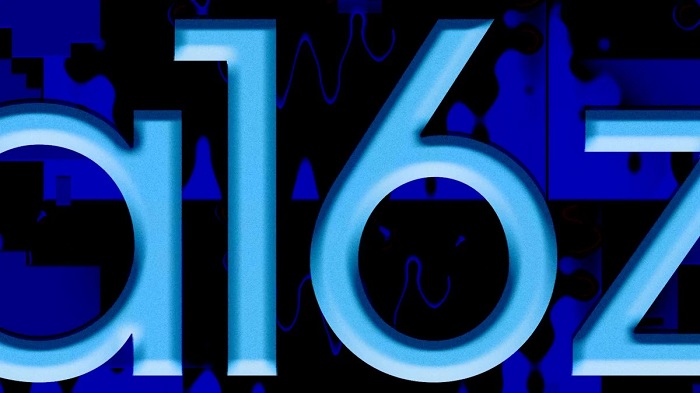This article comes froma16z Crypto, by Noah Citron, Adam Morgan McCarthy, Vishal Chawla
Odaily Translator |

Odaily Translator |
After Coinbase launched the new Ethereum L2 network Base based on OP Stack, a16z also made a move.
A16z is one of the most well-known investors in the crypto space, with over $7 billion invested in the space. Since 2023, the venture capital has participated in 11 financing transactions of encryption startups. A16z Crypto is also one of the investors of Optimism, an Ethereum expansion project. According to the latest data from CoinGecko, Optimism’s native token OP has climbed from about $2.55 to $2.65 after the release of Magi’s news today.
secondary title
Magi is a high-speed OP Stack Rollup client written in Rust that acts as a consensus client in Ethereum's traditional execution/consensus split, providing execution clients with new blocks to advance transactions on-chain. Magi execution has the same core functionality as the reference implementation (op-node), and works with execution nodes (like op-geth) to sync to any OP Stack chain, including Optimism and Base.
secondary title
A16z's Reason for Building Magi: Bringing Diversity to Rollup Clients
Both the execution and consensus aspects of the Ethereum chain require client diversity, yet most of the development so far has focused on the execution client.
However, it is more difficult to transform the Rollup client, because the Rollup client is a brand new software. So far, there is only one implementation: op-node, maintained by OP Labs and written in Go. Magi aims to be an independently developed op-node drop-in replacement to improve Rollup's client diversity. A16z hopes that building a new Rust-based client will encourage the entire OP stack to be more secure and active, and bring more contributors to the ecosystem.
secondary title
The future direction of Magi
Magi is still in a very early stage and may take months of development time before it becomes a viable alternative to op-nodes. Some features and improvements that A16z plans to add in the near future mainly include:
1. Track unsafe block headers (unconfirmed blocks) to reduce latency.
2. Building a new synchronization mechanism can increase the initial synchronization speed.
3. Provide support for alternative data availability layers.
4. A better framework for testing Magi, op-node and any future clients.